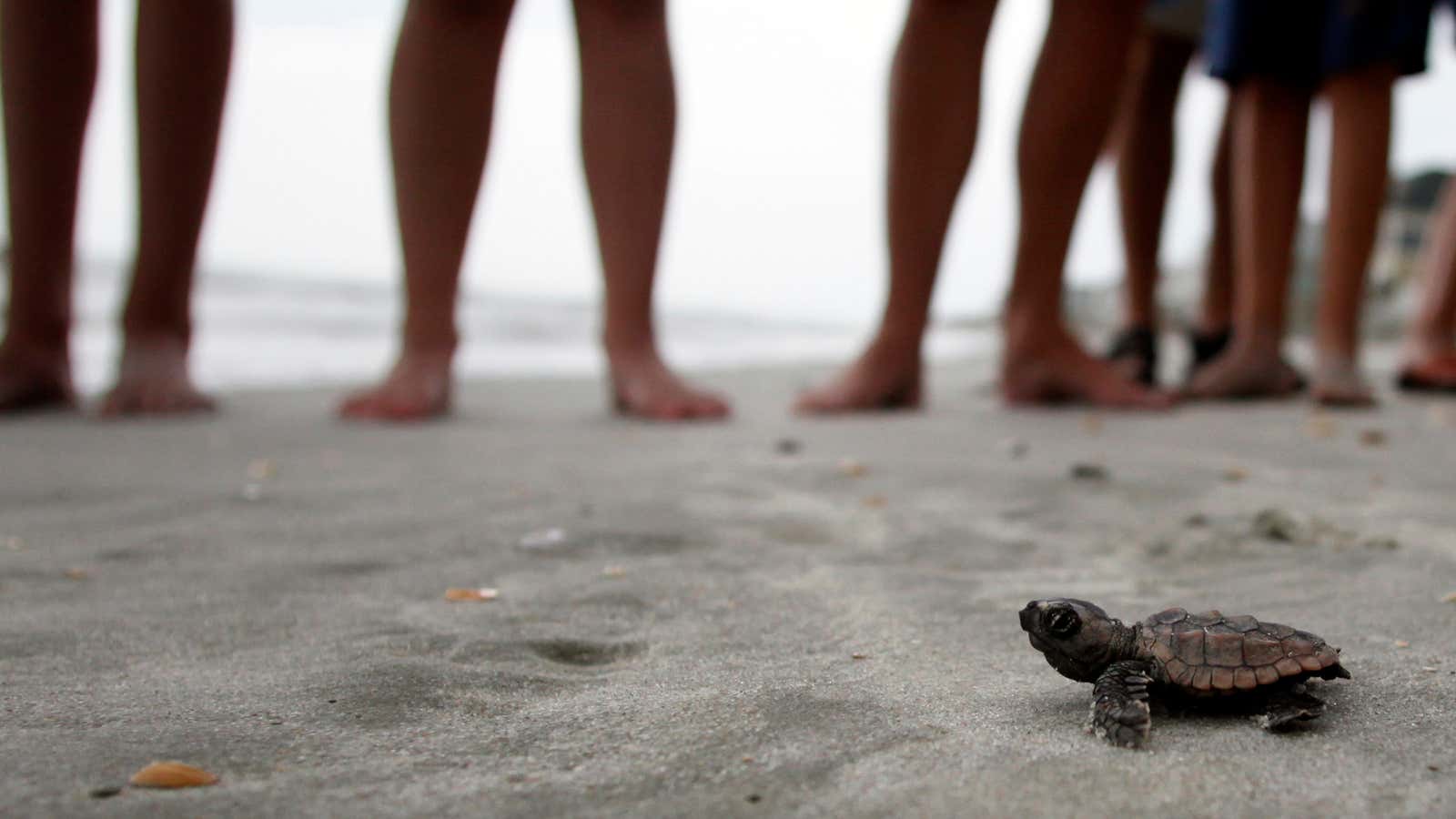In the last 10 years, there has been a sudden awareness of the sheer amount of damage humans have caused to the oceans. Before 2008, there were only four large marine protected areas (MPAs) in the world. Today, there are more than 30. In most of these reserves, mining or oil exploration is not allowed and fishing is highly restricted. The hope is that these areas will become a refuge for marine life to recover and perhaps even flourish.

The trouble is that, though MPAs will help in the short term, they aren’t going to save the oceans from the threat of climate change, according to a new study in Nature Climate Change. The study looked at expected emissions under two globally recognized scenarios: business as usual, where temperatures rise by 8.5°C by the end of the century, and another where some mitigation controls the temperature rise to only about 4.5°C by 2100. Under both scenarios, the oceans undergo radical changes that are likely to be too much for marine life to adapt to despite losing the threat of human fishing or oil exploration.
These changes will include increased storm intensity, rising sea levels, ocean acidification, warmer waters, unpredictable upwelling of ocean nutrients, and loss of oxygen. It’s like suffering from floods in the basement, fire in the attic, poisonous gas in the bathroom, and a gunman in the house… but much worse.
You only need to look at what’s happening to the Great Barrier Reef, a UN World Heritage site and the oldest MPA (it was designated the latter in 1975). In the past few years, the reef has suffered a series of bleaching events that have caused mass coral die-offs. Last month, the Australian government announced a $400 million plan to save corals but scientists believe that the attempt is too little, too late.
A 2016 study found that, if the goal is to increase biodiversity and recover fisheries, then the MPAs need to cover as much as 30% of the oceans, up from 4% today. The authors of the new study support the creation of larger MPAs, but they warn that those protections will be for naught if we don’t address the systemic problem of climate change.
